#IBERIA
Photo

The Ibero-Romance languages
184 notes
·
View notes
Text
"One of the world's rarest cats, the Iberian lynx, is no longer classed as endangered, according to a report by the International Union for Conservation of Nature (IUCN).
On Thursday [June 20, 2024], the IUCN, which categorises species according to the level of risk they face in a "red list", bumped the Iberian lynx from "endangered" to "vulnerable" after a significant surge in numbers.
Its population grew from 62 mature individuals in 2001 to 648 in 2022. While young and mature lynx combined now have an estimated population of more than 2,000, the IUCN reports.
As the name suggests, the wild cat species calls the Iberian region - Spain and Portugal - home.
According to the latest census data, there were a total of 14 clusters where the animals were stable and reproducing. Of those, 13 were located in Spain and one in Portugal.
The wild cat used to be common across the whole of the Iberian Peninsula, but from the 1960s its numbers plummeted.
Habitat loss, poaching and road accidents all helped to push the species to the brink of extinction.
Now, the cat is coming back.
The increase is largely thanks to conservation efforts that have focused on increasing the abundance of its main food source - the also endangered wild rabbit, known as European rabbit.
Programmes to free hundreds of captive lynxes and restoring scrublands and forests have also played an important role in ensuring the lynx is no longer endangered.
Francisco Javier Salcedo Ortiz, a coordinator responsible for leading the conservation action, described it as the "greatest recovery of a cat species ever achieved through conservation".
Mr Ortiz said there was still "a lot of work to do" to ensure the animals survive and the species can recover.
"Looking ahead, there are plans to reintroduce the Iberian lynx to new sites in central and northern Spain,” he added.
The area the species occupies is now much larger, according to IUCN, jumping from 449 sq km (173 sq miles) in 2005 to 3,320 sq km today."
-via BBC News, June 20, 2024
#lynx#cats#wild cats#wild animals#endangered species#icun#conservation#rewilding#ecosystems#environmentalism#spain#portugal#iberian lynx#iberia#good news#hope
2K notes
·
View notes
Text
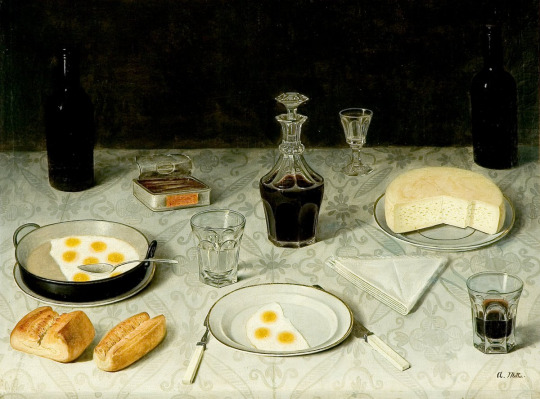
Vicente Mallio (Portuguese, 1832-1892)
Still life, ca.1801-1900
#you can now buy me a coffee no pressure#Vicente Mallio#portuguese#1800s#still life#art#fine art#european art#classical art#europe#european#oil painting#fine arts#europa#mediterranean#portugal#iberia#iberian peninsula#southern europe#buy me a coffee
3K notes
·
View notes
Text
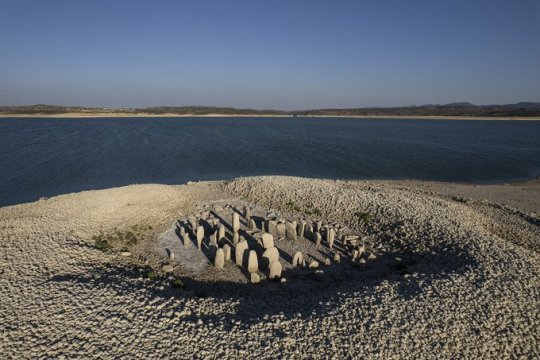
When droughts happen, the water level goes down and we can see again the magnificent Dolmen of Guadalperal (Extremadura, Spain). Built in the Neolithic by the inhabitants of the surrounding land to bury their ancestors, it has a secret.

The stone right in the center has a winding line drawn that resembles a lot the course of the River Tajo, that passes very close by. It is believed that it is the oldest map drawn in the Iberian Peninsula, dating from the 4th milenium BC.
#Guadalperal#Gualija#Ibor#Tajo River#Río Tajo#Dolmen#Dolmen de Guadalperal#España#Pre-history#Iberia#Iberian Peninsula#Extremadura#Neolithic
253 notes
·
View notes
Text
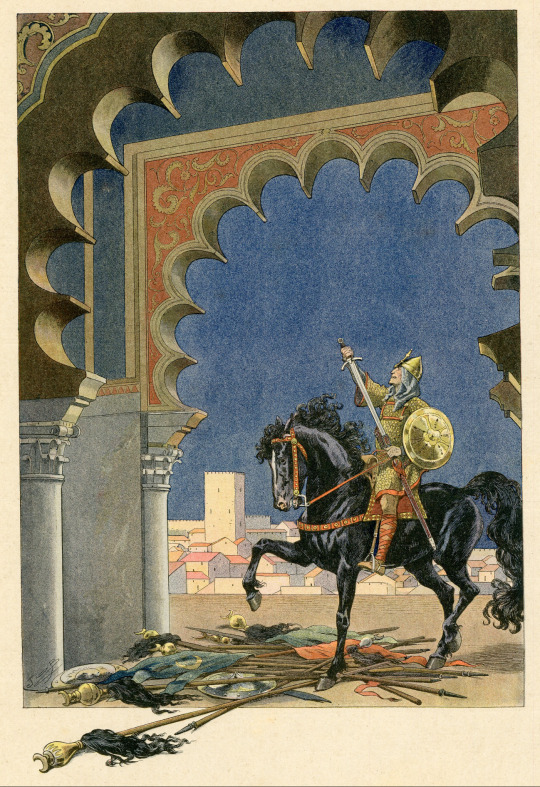
#jacques onfroy de bréville#job#art#illustration#spain#reconquista#el cid#el cid campeador#knights#knight#crusade#crusades#crusader#spanish#hispania#iberia#iberian peninsula#history#medieval#middle ages#chivalry#sword#europe#european#christianity#christian#christendom#mediaeval#reconquest#españa
186 notes
·
View notes
Text
hello arknights fans i have a puzzle that needs solving. so whisperain’s new skin, it’s wonderful & we all bought it, correct?

looking in the background you can clearly see who the figures in the stained glass windows are supposed to be. they’re other iberians, specifically ones who have connections with the church of the deep, but aren’t themselves seaborne, abyssal hunters, or clothed members of the church (you can make arguments about amaia but that’s for another post).


we have irene, lumen, & amaia on the left side. then thorns & elysium on the right. my question is: can anyone tell who this third figure on the right is?

they have very distinctive bangs in their face, they’re holding a book (possibly supposed to be religious text?), what looks like a curved staff, and might have long hair to the side. WHO IS THIS??? i’ve done comparisons with every potentially relevant character i can think of (quintus, aulus, cicero, dario, carmen, literally every playable iberian) & i am stumped. no one fits as neatly as any of the other stained glass figures do. the closest i’ve gotten is maybe skalter? kal'tsit?? WEEDY??? HELP
55 notes
·
View notes
Text
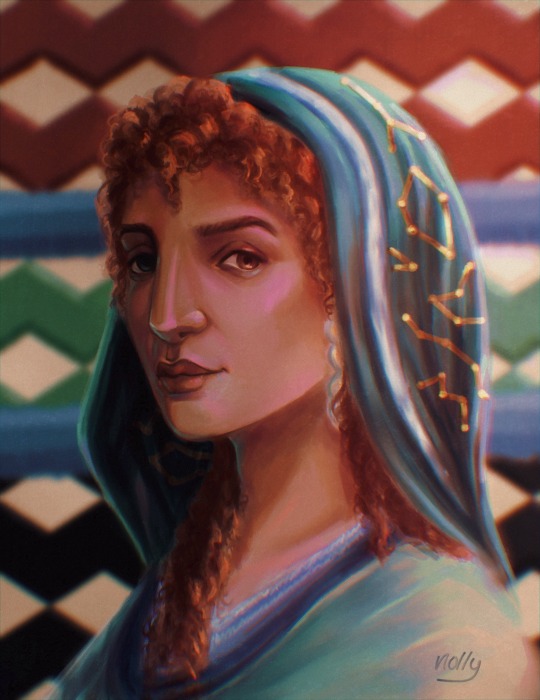
Never posted her here because it is unfinished and I don’t like a lot of things about it but this is an interpretation of Lluna Valentia bint Al Mualim De Bosch, the character from my Baldwin story.
She is from the Almohad Caliphate in Al Andalus (the Iberian Peninsula) daughter of a Muslim and a Christian.
#kingdom of heaven#king baldwin iv#baldwin iv#the leper king#my art#medieval#12th century#ipad art#procreate illustration#almohad caliphate#Spain history#arab history#berber#amazigh#iberia#moorish#wallada bint al mustafki#king baldwin x oc
32 notes
·
View notes
Text
I'm still alive and well I was simply eaten alive by a very busy month. Good news though I've been fortunate enough to be able to take another crack at that whole "school" thing and the main campus happens to be directly beneath the 4L and 4R arrivals to KBOS at the point where the planes are ~1000ft so I got to see this beauty while waiting for the bus. Huge win for this blog.
#off-duty#transmissions#polairoids#iberia#to be clear I saw a lot more than just her but they were all common domestic airlines#apparently if the bus had come three minutes later I would have gotten to see a 787 though :t
24 notes
·
View notes
Text
Ancient Necklace from Georgia (South Caucasus), c. 100-200 CE: this necklace is almost 2,000 years old; it includes an amulet case with a ram's head carved in amethyst, a garnet-studded perfume vial, and a chain woven from gold
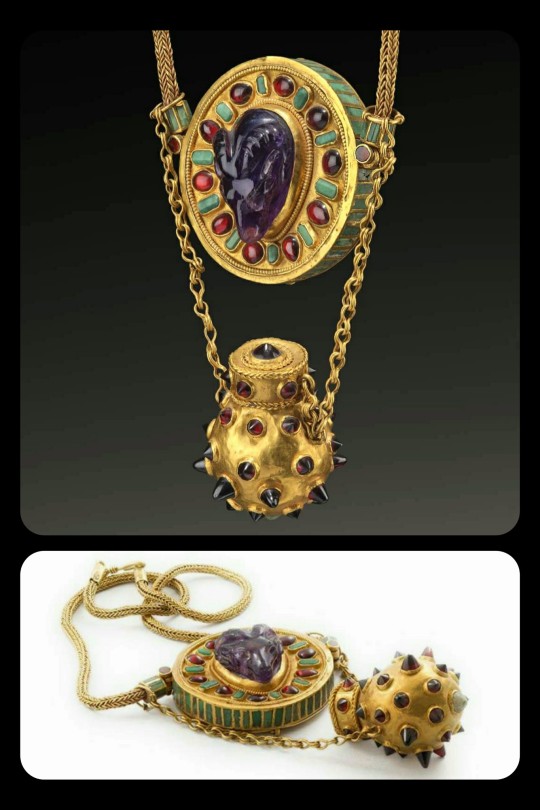
This necklace features two pendants:
The uppermost pendant is a hollow, puck-shaped medallion with a removable lid that opens from the front, allowing the pendant to be used as a container/locket (possibly for a textual amulet or similar item); the lid is decorated with an amethyst relief of a ram's head, along with a ring of alternating turquoise and garnet stones. Turquoise tiles can also be seen running along the outer edge of the amulet case, and a chain is attached to each side, with a second pendant hanging below.
The second pendant is a hollow, pear-shaped container used for storing perfume or incense. The body of this second vessel (and its cap) is decorated with a series of garnet "spikes."
Both pendants are made of gold, as is the primary chain, which is crafted from a series of gold strands that have been twisted into a thick wicker-work pattern.
The necklace was found in the ancient necropolis of Armaziskhevi (located near Mtskheta, Georgia) which is a site that was once used by members of the local aristocracy, including the provincial governors (Pitiakhsh) and high-ranking nobles (Eristavi) of Kartli/Iberia, in what is now the Republic of Georgia.
I know I've mentioned this in some of my previous posts, but just for reference, here is a map showing the location of modern-day Georgia:

Sources & More Info:
Georgian National Museum: Necklace with Medallion & Perfume Vial
Caucasus Travel Guide: Archive of Georgian Artifacts
Georgian National Museum: Archaeology of the Roman Period in Georgia (essay & catalog)
#archaeology#history#artifact#ancient history#jewelry#art#georgia#sakartvelo#iberia#ancient art#gold#caucasus#anthropology#amethyst#turqouise#crafting#necklace#amulet
262 notes
·
View notes
Text


cinema rif // tanger, morocco // august 2024 // ©
#morocco#my photos#photographers on tumblr#original photographers#photography#travel#photooftheday#film#tanger#cinema#old school#vintage#tangier#cinema rif#vintage movies#old films#classic cinema#architecture#interior#north africa#africa#iberia#french#arabic
14 notes
·
View notes
Photo

Iberian Devil Mask
158 notes
·
View notes
Text

This winged feline (500–400 B.C.) originally served as the front leg of a wooden chair or throne. Felines were popular in the art of many Mediterranean and Near Eastern cultures. Certain stylistic features of this piece, as well as the manner in which it was made from separate pieces of bronze joined together, suggest that this work was created in Spain, specifically in the kingdom of Tartessos. The form of the feline's brow is a Tartessian characteristic, as is the triangle design in the creature's ear. Image by Getty Museum.
Learn more / Daha fazlası
Tartessos https://www.archaeologs.com/w/tartessos/
#archaeologs#archaeology#archaeological#dictionary#history#art#mediterranean#culture#tartessos#spain#iberia#tartesian#arkeoloji#tarih#sanat#ispanya
67 notes
·
View notes
Text

Santiago Rusiñol I Prats (Spanish/Catalan, 1861-1931)
Glorieta al atardecer, ca.1913
#Santiago Rusiñol#spanish art#gazebo at sunset#art#fine art#european art#classical art#europe#european#fine arts#oil painting#europa#mediterranean#glorieta al atardecer#spanish#spain#iberia#iberian#1800s#painting#landscape#garden#beautiful art
1K notes
·
View notes
Photo

Empuries
Empuries (also Emporiae or Emporion) was a Greek and then Roman colony on the northeastern coast of Spain. Thriving as a local and Mediterranean trading centre, it prospered from the 6th century BCE to the 2nd century CE. Several times the Romans used the port as a landing place for armies to invade and plunder Iberia and they established a military camp at the site which evolved into a small town embellished with the usual collection of Roman architectural features. The site today offers the visitor extensive ruins, notably a large portion of the city walls, a crytpoportico, forum space, and large private houses.
Historical Overview
Empuries was established by settlers from Massalia (Marseilles) in the 6th century BCE who founded the port of Palaeopolis on an island at the mouth of the Fluvia River. The settlers prospered through trade and then spread to the Greek town known as Neapolis near the coast which covers about 4 hectares. The two areas were called Emporion, indicative of their dependence on trade, where wine, pottery, and olive oil, along with goods from Massalia and those of Etruscan origin, were exchanged for metals and foodstuffs from the local tribes reached via the River Fluvia and the nearby River Ter.
The Romans used the port during the Second Punic War against Carthage, with Scipio Africanus landing expeditions there in 218 and 211 BCE, and again in 195 BCE when Marcus Porcius Cato led a force to quash the Iberian revolt which sprang up in reaction to Rome's demands for tribute. From 100 BCE, in order to create a more permanent base from which to exploit Iberia and protect the trade route from Italy, they built a Roman town from the original army camp. Located on the coast opposite from the Greek town, which had by then covered all of the island, the Roman town was laid out in right-angled blocks and eventually spread to cover some 22.5 hectares. The town received another boost when Julius Caesar settled veterans from his legions there in 45 BCE.
In the reign of Augustus (27 BCE – 14 CE) the two still separate towns and a nearby indigenous Iberian settlement (Indika) were combined and awarded the status of municipium, which was given the collective name Emporiae. The town had its own forum, agora, small amphitheatre, gymnasium, and walls, and continued to mint its own coinage (which began in the 5th century BCE) with a characteristic Pegasus design. There were also temples to the Greek god of medicine Asclepius and to Serapis, the Hellenistic-Egyptian god. Empuries declined in importance for unknown reasons from the 2nd century CE but continued as a more modest, walled settlement well into the early Christian period.
Continue reading...
36 notes
·
View notes
Text

Mosaico de los Amores, Spain
#archaeology#mosaic#spain#art#jaén#andalucía#history#antiquity#cástulo#roman#ancient rome#ancient world#mosaics#europe#european#iberian peninsula#iberia#hispania#linares#floors#tiles#archaeologist#mosaico de los amores#mosaico#photography#photograph
406 notes
·
View notes
Text
Sintra, Portuguese Riviera...

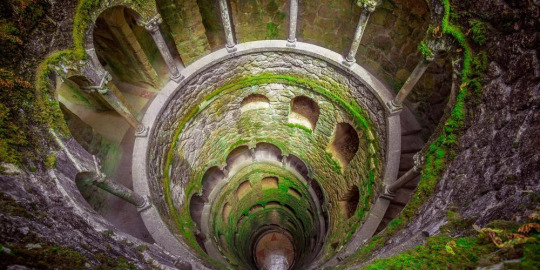
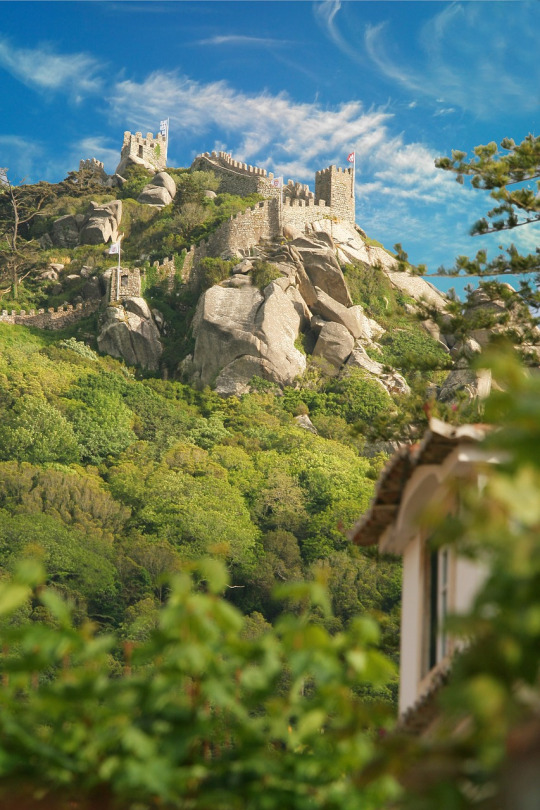
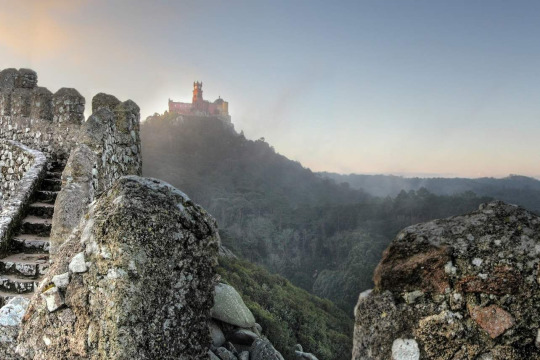






#nature#sintra#portugal#portuguese#hiking#travel#lisboa#moors#moorish#moorish architecture#iberia#europe#mountains#beach#atlantic ocean#fog#forest#gardens#cascais#enchantment#romanticism#pretty skies#summer#seasons#clouds#sunset#sunrise#aerial#coastline
28 notes
·
View notes